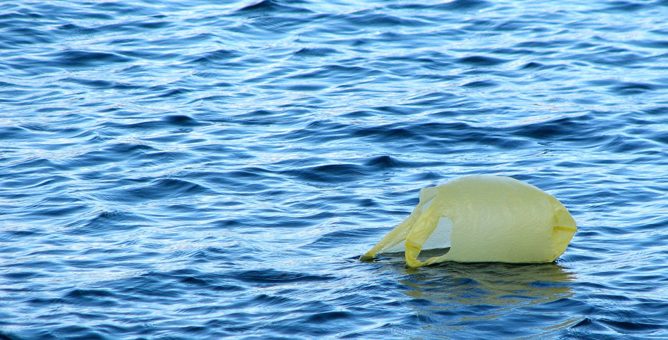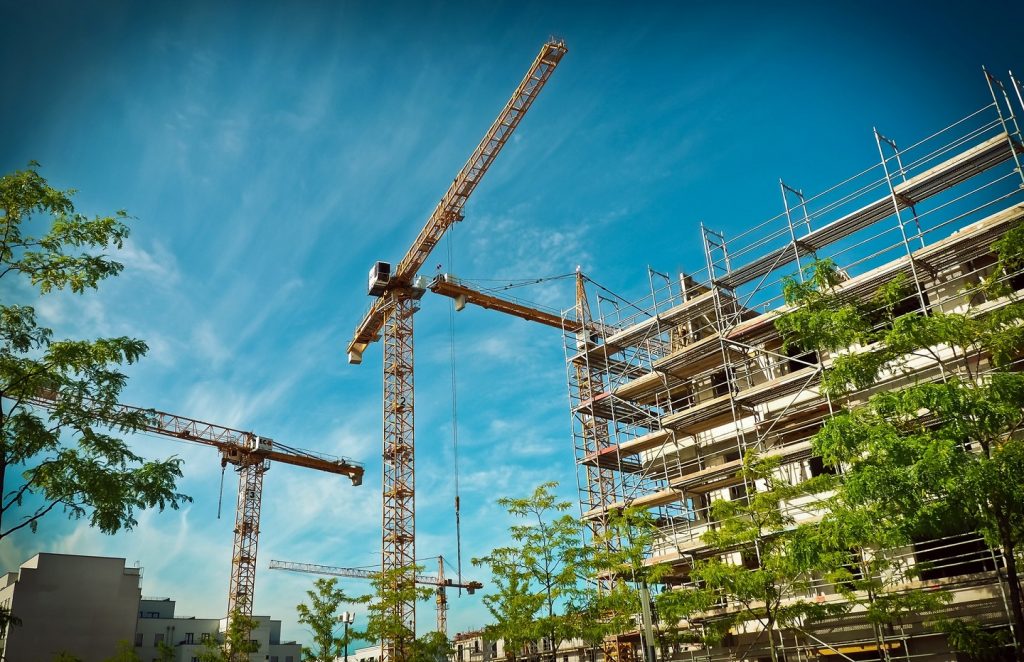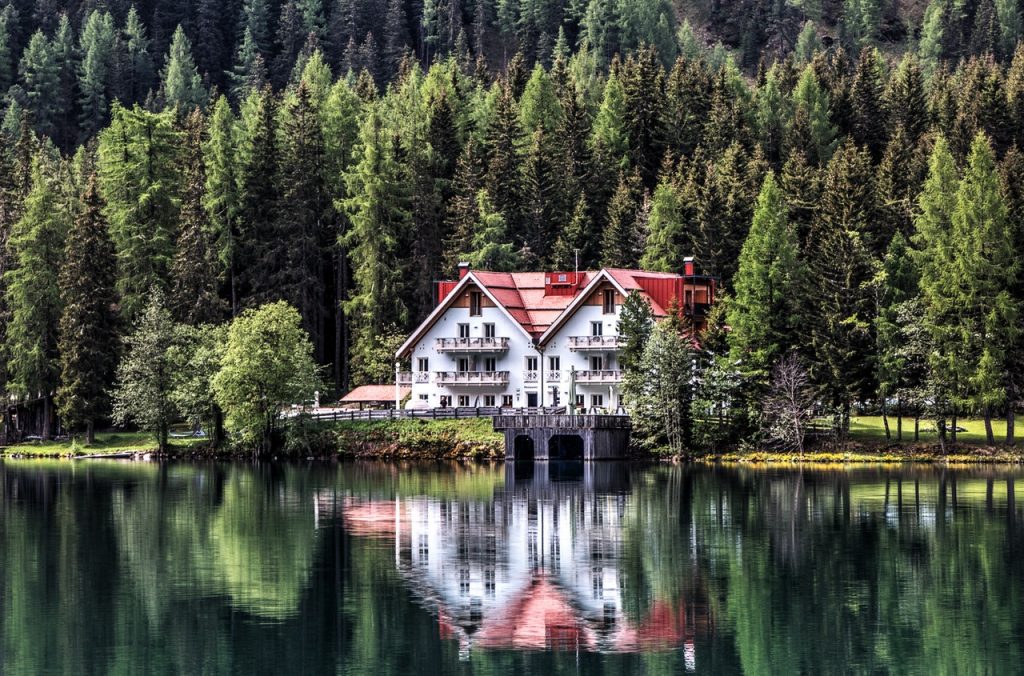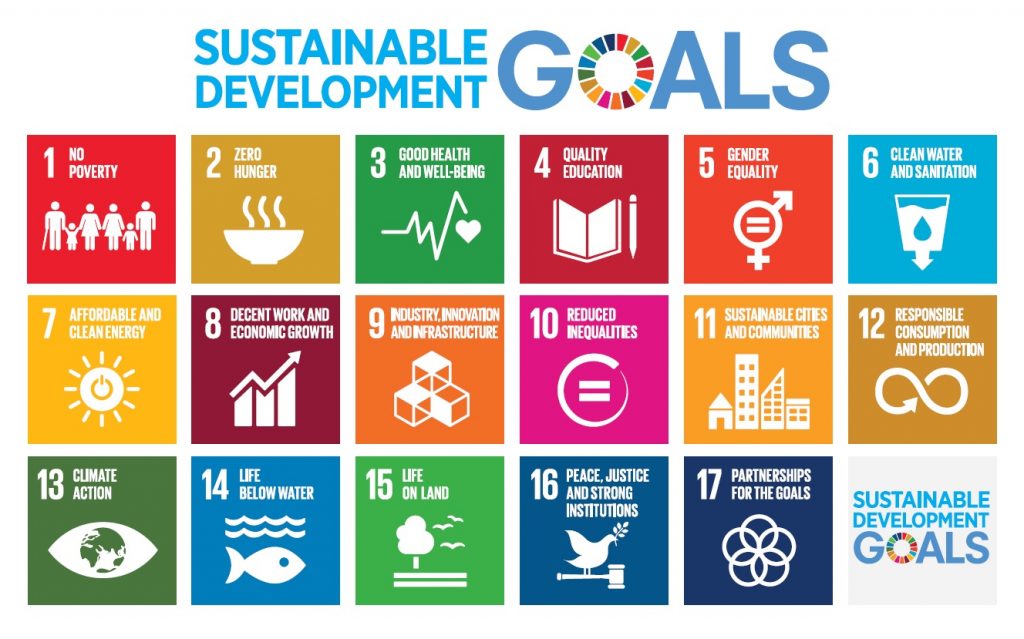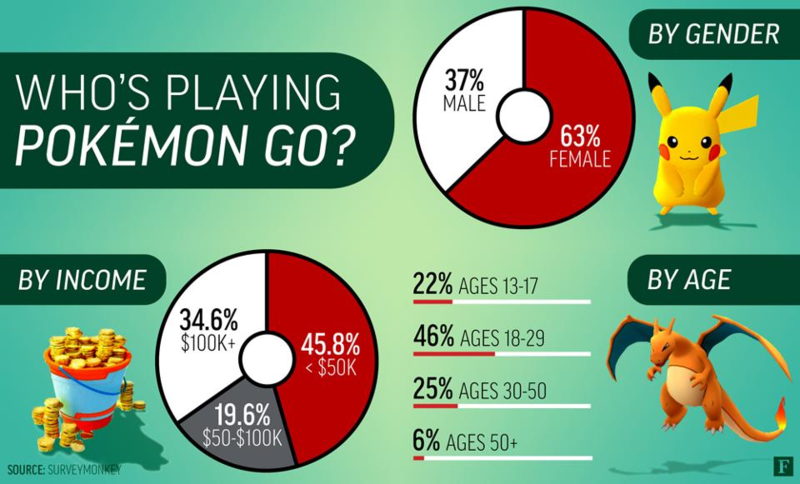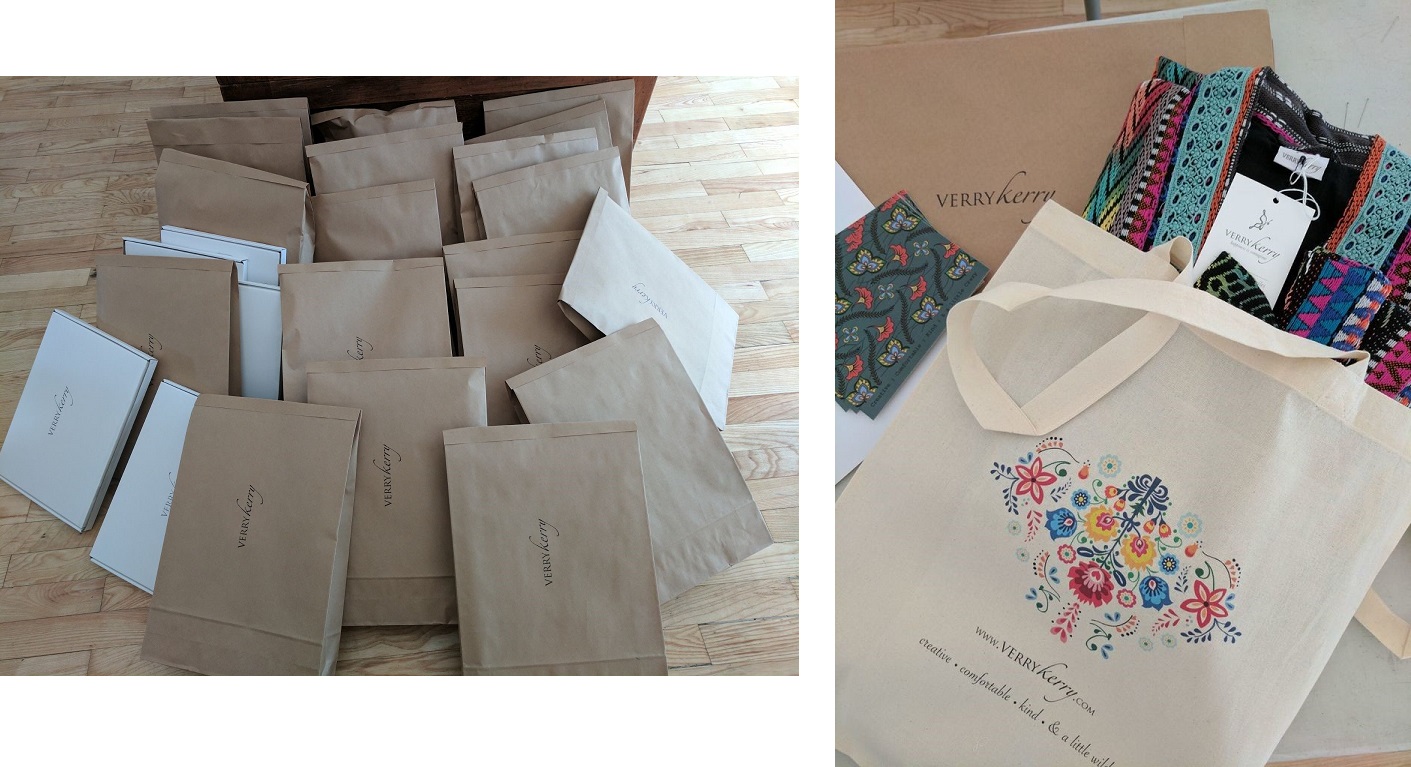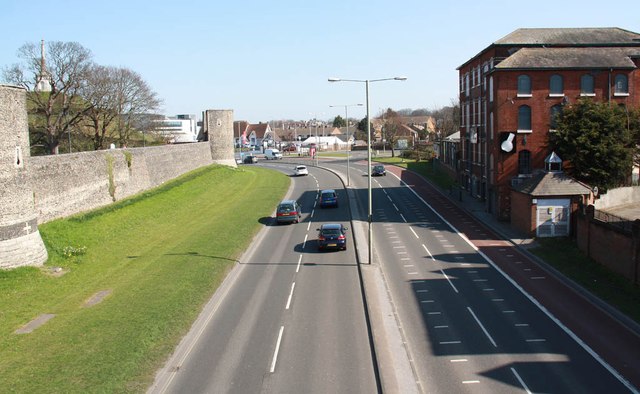As a regular reader of the blog, Jo Greene, from a family run Kent based business called VR-Sani Co, wanted to share some of her expertise about the not often talked about plastic that ends up in the sea – tampons.
———————————————————————————————————————–
After years of procrastination, it seems that we’re finally starting to tackle the global issue of plastic pollution. No doubt encouraged by Sir David Attenborough’s Blue Planet II that horrified much of the UK, supermarkets, governments and society as a whole are starting to take measurable steps in order to reduce the amount of plastics we use.
At the heart of the topic has been the humble plastic bag, a symbol for change that has served as a stark reminder that our preference for ease and convenience often comes with a heavy price. Images of turtles, seabirds, and other marine life caught in the aftermath of our weekly shop have helped shine an uncomfortable light on our actions.
![]()
The hope is that through education and awareness, the simple act of reusing our bags will make a tangible difference to the amount of plastic that ends up our seas. But while this is a good first step, it opens the debate as to what else we need to consider.
The conversation has naturally extended to our use of water bottles, coffee cups, and even some of the more obscure products we use on a daily basis, including the small plastic beads found in a number of facial scrubs. However it is surprising that the disposal of tampons and their environmental impact hasn’t fully entered into the public consciousness in quite the same way.
The equivalent of flushing a plastic bag down the toilet
On the surface at least, what we do with our tampons may not seem like a pressing concern. After all they’re fluffy, small, and if we “accidentally” flush one down the toilet it probably just dissolves into harmless mulch of eco-friendly nothingness. But tampons, pads and panty liners generate more than 200,000 tonnes of waste per year in the UK alone, and the alarming statistic is that nearly all of them contain plastic. The impact of flushing our tampons down the toilet, while convenient, can have unexpected and often dire consequences, particularly on our beaches and in our seas.
In an attempt to save the hundreds of species from accidentally eating or becoming entangled in the litter strewn across our coastlines, the Marine Conservation Society held a beach cleanup in 2016. During their efforts they found 20 tampons and sanitary items for every 100 metres of shoreline. It’s a significant figure, and overall they estimate that between 1.5bn to 2bn sanitary items are flushed down Britain’s toilets every year.
One of the challenges is that people can often assume that sanitary products flushed down the toilet will be picked up and extracted via the local sewage system. Unfortunately this isn’t always the case, and they’re not always effectively filtered. As a result sewage-related debris ends up contributing to about 6% of the litter found on Britain’s beaches.
Changing attitudes to reverse the trend
It’s obvious that we must try and reverse this trend, but in order to openly discuss the practical steps that we as a society need to take, we firstly need to address the topic of menstruation without the fear of stigmatisation or disgust. Yes bleeding and cramps aren’t always topics generally considered apt for polite conversation, but that doesn’t mean menstruation needs to be shrouded in secrecy. The topic of periods and tampons may still be a relatively taboo subject, but by avoiding the subject entirely, we’re helping to fuel a huge environmental issue.
Many skeptics would say that this cultural taboo has, at least in part, helped the disposable feminine hygiene industry to thrive. It’s argued that clever advertising messages and a failure to clearly disclose important product information from major feminine hygiene product brands might be responsible for holding women back from disposing of tampons safety, or even considering more environmentally friendly options.
These alternative products, from reusable menstrual cups to organic cotton tampons, could help to support the use of more sustainable alternatives to conventional sanitary products. What’s interesting however is that many of these products have already been on the market for years. Their success (or lack of it) have been hampered by the popular business model that’s predicated on disposability, viewed by most brands as the more attractive option in order to drive repeat purchases.
As a result tampons have been marketed aggressively over the years, purporting the benefits of hygiene and convenience as their primary advantages. In the ever increasing quest for profits, it was always unlikely that companies would embrace a reusable, yet more environmentally friendly product line.
Marketing messages based on profit
Compounding the challenge is that tampons aren’t technically classified as medical products, and as such, companies don’t have to provide detailed product information. However, many of the modern materials used in their production derive from the petroleum industry. The potential environmental impact of these materials finding their way into a delicate ecosystem is unfortunately all too easy to predict.
Against this backdrop, it’s also easy to see why many women feel that it’s ok to flush tampons down the toilet. Anything classified as “disposable” automatically invokes a throwaway attitude, and similar products like wet wipes are often touted as flushable, even when they’re not. From a marketing perspective, it’s probably fair to say that not many people would buy a wet wipe if their strapline was “feel fresh and stick a soiled piece of cloth in your bathroom bin”.
The unfortunate reality is that unhelpful marketing messages have often encouraged us to put convenience above legitimate environmental concerns, but this isn’t impossible to overcome. Critically, we simply need the accurate labeling of products with disposal information, and to take note as a consumer whenever we purchase a sanitary product.
For example, biodegradable 100% cotton tampons are a much greener choice than standard products, but they still can’t be flushed down the toilet. Seeking the more eco-friendly products is always a great start, but typically most products will still need to be disposed of in a sanitary bin.

However relaying this message to wider sections of society has always been a little more challenging. Until we can all overcome our squeamishness towards menstruation, it’s always going to be difficult to discuss any period-related issue without it being viewed as an icky topic. Without doubt, the silence and stigma around menstrual bleeding remains a significant cultural barrier to successfully addressing and discussing a variety of important issues.
But public attitude has undoubtedly turned against disposable plastics; we simply need to be aware of where they exist in our daily lives, and for manufacturers and marketers to be more open and honest in their messaging. If we can all work together, we can help to turn off the tap of throwaway packaging once and for all.
———————————————————————————————————————–
This post was written by Jo Greene of VR Sani-Co. An established family business that has been providing washroom services and sanitary bins in Kent and Sussex for over 20 years.

